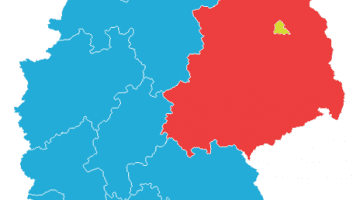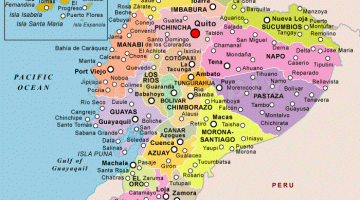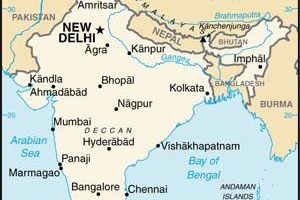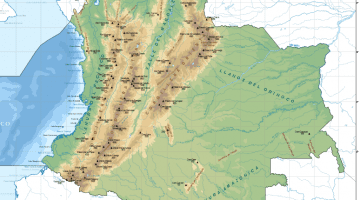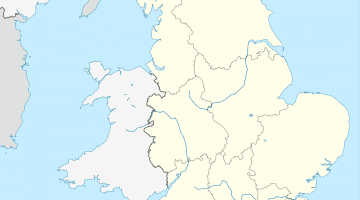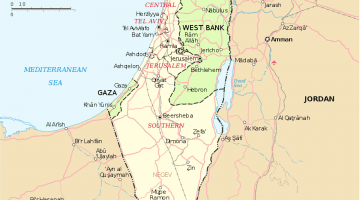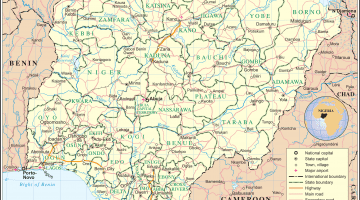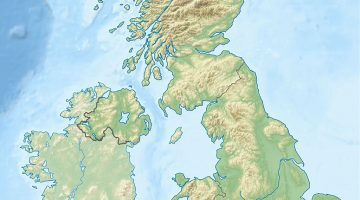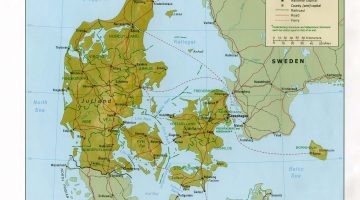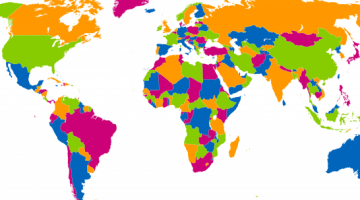
University of Texas’ Professors of History come from all over the world. Some came to the United States to study or teach, while others found their calling only once they arrived. Regardless of the origin story, their experiences are as diverse as the histories they teach and over the past few months we have shared […]
